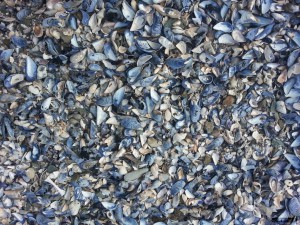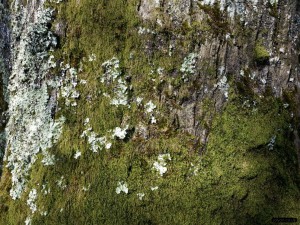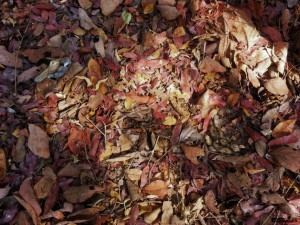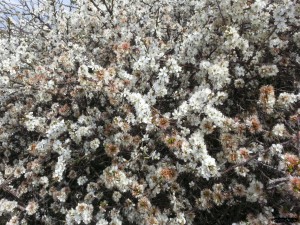We developed this game for local school kids to play at our department’s “Science – is it for me?” day. It’s a fun way to showcase our research into camouflage – testing which camouflage strategies perform best. The game is very simple and could easily be recreated if you’re a teacher looking for a fun science game for your classroom or science project.
Hypothesis
The hypothesis we’re testing is whether “edge disruption” makes the moths more difficult to find. The main feature used to find well hidden animals against a natural background is thought to be their overall outline (think of an animal’s silhouette and how important that shape is to identifying them). Disruptive camouflage attempts to break up this outline by using high-contrast patches of pattern – we want to see whether disruptive edges make a difference to the survival of our “moths”.
Prey
 These “moths” are generated from natural patterns, altered so that the “background-matching” control moths have patterns that don’t touch the edge of their outline, and “disruptive” moths where the patterns go right up to the edge.
These “moths” are generated from natural patterns, altered so that the “background-matching” control moths have patterns that don’t touch the edge of their outline, and “disruptive” moths where the patterns go right up to the edge.
To make sure we’re testing our hypothesis and not people’s ability to remember exactly the same pattern type (forming a “search image”) we need to use loads of different moths with different patterns. You can download a package of these below. You’ll need to print out the moths (two A4 sheets), cut them out and add a tiny bit of blu-tac to the back to hold them in place.
Backgrounds
These four different backgrounds offer a nice complex backdrop for your artificial moths. They need to be printed out around A1 size (~80-90cm wide is about right), two of each (8 prints in total). Click here to download all the files you need.
The blue shell background was from a beach in South Africa where we were researching plover camouflage. There are actually two White-fronted plover eggs in the photo. The leaf litter is from our research in Zambia, and contains two nightjar chicks that look just like fluffy seed pods found in the area (a type of camouflage called “masquerade”). The same photo also has a pair of mating locusts in the top left. These are really cool because the male is a plain background-matching brown colour, while the female has a fascinating black and white thorax (middle bit), separating her grey head and grey abdomen, providing a nice example of edge disruption. The moss photo has a little fly – barely discernible, and the blackthorn blossom photo doesn’t have any animals.
The Game
Put up the background photos, ideally somewhere with nice flat lighting so the moth shadows won’t be too obvious, and at a height suitable for kids to search over. Split your group into two teams (15-20 kids worked well for us, but you could always print off more backgrounds to make it more difficult with a larger number).
Give each team a page worth of moths (half these will be “disruptive” and half “background matching” – it’s very important there are equal numbers). Get them to place the moths on the backgrounds to make them as difficult to see as possible. Once they’ve pinned up all their moths get the teams to swap and give them 1 minute to find as many of the opposing team’s moths as fast as possible. Collect the two teams’ moths separately and block any stragglers after the 1-minute time-out. Make sure no-one searches for the moths with their hands. When the minute’s up count the number of “disruptive” and “background matching” treatments found, and tally the team totals to see which team won. While you’re counting you can get them to search for the seven live animals distributed across the four images for bonus points (two eggs, two nightjar chicks, two locusts, and one fly).
Finally, see which treatment did best! We almost always find that the disruptive moths are more difficult to find than background matching (fewer found in the same search time).









Be First to Comment